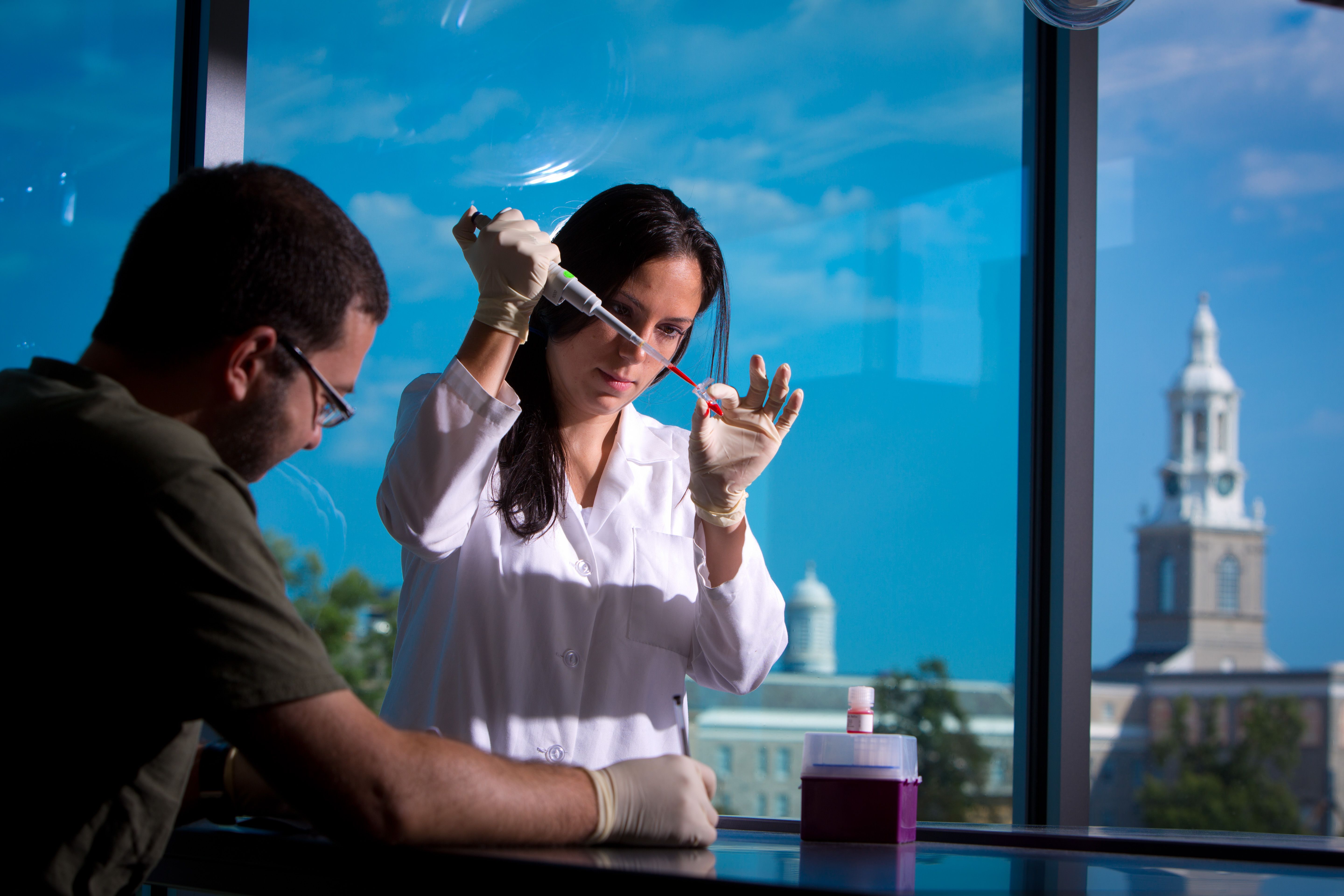Article
The University at Buffalo School of Pharmacy and Pharmaceutical Sciences
Author(s):
The University at Buffalo School of Pharmacy and Pharmaceutical Sciences offers the best of both worlds for students looking to be a big fish in a small pond, and vice versa.

Buffalo, NY
Founded: 1886
Class Size: 576
The University at Buffalo (UB) School of Pharmacy and Pharmaceutical Sciences (SPPS) offers the best of both worlds for students looking to be a big fish in a small pond, and vice versa.
UB not only gives students the opportunity to operate in a large research-oriented university, but it also has a small family atmosphere within SPPS, James M. O’Donnell, PhD, dean of UB SPPS, told Pharmacy Times.
It’s also the only pharmacy school in the publicly funded State University of New York system, providing an affordable option for students.
UB also has membership in the Association of American Universities and Association of Academic Health Centers, so students are able to interact with professionals in the fields of nursing, dentistry, public health, and allied health.
“Our ability to offer challenging and diverse interprofessional education courses allows our students the ability to effectively engage as part of a comprehensive health care delivery team,” Dr. O’Donnell told Pharmacy Times.

UB SPPS also has a unique history; it is known as the birthplace of modern pharmacokinetics and pharmacodynamics principles, which are fundamental to drug development and delivery models, Dr. O’Donnell noted.
Also, UB SPPS stands out from other pharmacy schools with its offerings in pharmacogenomics and enhanced physiology, as well as curricula involving compounding techniques.
Q: What opportunities do students have for internships or co-ops?
A: Our program has an extensive Introductory Pharmacy Practice Experience (IPPE), as well as Advanced Pharmacy Practice Experiences (APPEs). IPPEs are completed in your P1—P3 years and APPE in your P4 year, when most students are off campus for their entire fourth year on rotations. We currently have more than 300 active experiential placement sites spanning the United States, as well as international locations. UB SPPS’s training opportunities range from national pharmacy chains, to St. Jude’s Children’s Research Hospital, to The Indian Health Service.
Q: What is the school’s teaching style?
A: UB SPPS’s teaching philosophy encompasses both traditional and emerging teaching styles. We continue to use in-person, face-to-face, lecture-based teaching with a heavy emphasis on active learning. Active learning would include everything from task-based learning to problem-based learning, case-based discussions, and the flipped classroom concept.
Q: What community outreach/volunteer opportunities are available?
A: Service learning is an integral component of our curriculum, and this translates to our community outreach. Our student organizations conduct fundraisers for local hospitals and charity organizations, as well as volunteer for the underserved via local refugee clinics and community health centers. Many students also participate in the national Prescription Drug Take Back Program, as well as participate in wellness clinics throughout our area.
Q: What advice do you have for students who will graduate this year?
A: Network, network, network! If you did not have the opportunity to join student professional organizations before your P4 year, make sure you engage with the local and regional professional pharmacy organizations, as well as your state pharmacy association. These organizations provide invaluable opportunities for networking, continuing education, and current knowledge of regulatory issues.

Newsletter
Stay informed on drug updates, treatment guidelines, and pharmacy practice trends—subscribe to Pharmacy Times for weekly clinical insights.





